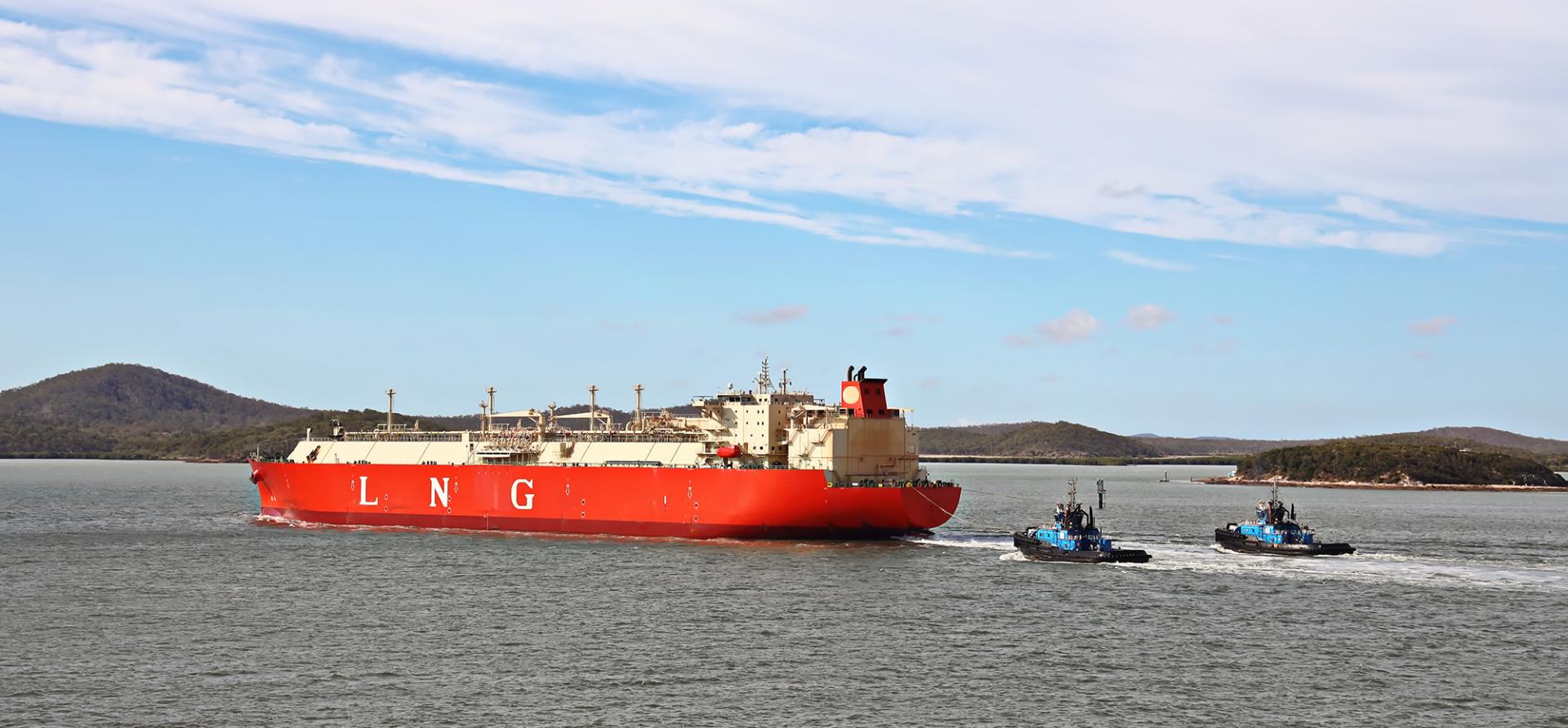U.S.-Japan-Philippines Summit offers an opportunity to address false LNG narratives

Key Findings
The Biden administration’s temporary pause on permits for new LNG export facilities will likely be discussed at a trilateral summit of the U.S., Japan, and the Philippines.
LNG buyers and government officials in Japan have expressed concern for the pause’s impact on domestic energy security.
A recent IEEFA report showed that Japan’s LNG demand is declining so quickly that the country’s largest utilities will have a growing surplus of contracted LNG supplies through 2030.
The upcoming summit provides a crucial opportunity to address the unnecessary LNG buildout and promote real solutions for regional cooperation, economic growth, and climate change.
This week, President Biden will host Japanese Prime Minister Kishida Fumio and Philippines President Ferdinand Marcos Jr. at the White House for a summit focused on regional security, economic growth, and climate cooperation. The Biden administration’s recent pause on permits for new liquefied natural gas (LNG) export facilities is likely to be on the agenda.
The temporary pause announced on Jan. 26 aims to give the U.S. Department of Energy an opportunity to review the market need for more U.S. LNG exports, as well as their effects on climate change. LNG buyers and government officials in Japan, the world’s second-largest LNG importer, quickly expressed concern about the effects of the pause on domestic energy security.
However, a recent IEEFA report showed that Japan’s LNG demand is declining so quickly that the country’s largest utilities will have a growing surplus of contracted LNG supplies through 2030. To offload the surplus, Japanese companies are increasingly focused on marketing and reselling LNG abroad, cultivating demand in Asia’s emerging markets.
Since 2018, Japan’s LNG imports have fallen 20% to 67 million tonnes (mt), the lowest level in a decade. Meanwhile, LNG sales by Japanese companies to other countries have increased 250% since 2018, rising to 32 mt in 2022. To boost demand abroad, Japanese companies are investing heavily in new gas and LNG infrastructure in prospective markets like the Philippines.
At the recent CERAWeek energy conference in Houston, JERA—Japan’s largest power provider and the world’s second-largest LNG buyer—touted its 27% stake in Philippines energy company Aboitiz Power, which is pursuing large LNG-to-power plants in the country. Tokyo Gas, Japan’s largest gas utility, recently announced a joint venture in Vietnam to develop a 1.5-gigawatt LNG-fired power plant and import terminal—the company’s second proposed LNG-to-power project there.
For more than a decade, Japanese companies and agencies have been heavily involved in the gas and energy sector plans of South and Southeast Asia. Japan is the world’s largest public financier of gas projects. Recently, the Japan International Cooperation Agency (JICA) even drafted Bangladesh’s long-term energy and power master plan, which unsurprisingly relies heavily on imported LNG despite limited economic or energy security rationale.
Companies are also investing in new gas and LNG supply, encouraged by government policies and public financial support. In December, JERA urged U.S. agencies to approve Venture Global’s Calcasieu Pass 2 project, citing energy security concerns.
However, JERA’s domestic gas needs have fallen 5.7% annually since 2017 and the company could have an LNG surplus of 8 mt by 2028. JERA representatives have publicly stated: (1) The company has sufficient LNG supply to meet domestic demand; and (2) its goal is to become a global LNG trader, joining the likes of Shell and TotalEnergies.
In February, JERA invested US$1.4 billion to acquire a 15.1% interest in Woodside Energy’s Scarborough gas field in Australia, which aims to supply the Pluto LNG export facility and its proposed expansion. In March, Japan’s export credit agency, the Japan Bank for International Cooperation (JBIC), finalized a US$831 million loan for JERA’s Scarborough venture. Both the field development and the export facility are entirely at odds with Woodside Energy and JERA’s 2050 net-zero targets, as well as Paris-aligned global climate pathways.
What is driving Japan’s declining gas demand and shift into LNG trading?
Japan’s LNG demand has fallen from its 2014 peak, when the country restarted operations at idled nuclear power plants. More nuclear restarts in the next two years are likely to reduce LNG demand further. Renewables are also playing a key role. Over the last decade, Japan’s wind and solar capacity has grown 60% and 350% respectively, and renewables now account for 14% of the power mix.
Japan also has long-term climate targets that aim to cut LNG usage in the power sector by 50% through 2030. IEEFA estimates that the plan could slash the country’s need for LNG between 25.7 mt and 31.6 mt compared to 2019 levels—a 33% to 40% reduction in total imports.
To maintain influence in the global LNG industry, Japan’s government has set a target for Japanese companies to transact 100 mt by 2030 despite declining demand at home. Japan’s Asia Zero Emission Community (AZEC) initiative claims to champion carbon neutrality in Asian countries, but in practice appears to promote an LNG-heavy energy mix that suspiciously mimics Japan’s own.
In sum, Japan is reducing its LNG consumption in favor of domestically available resources and to meet global climate targets. At the same time, Japanese companies are shoring up LNG supplies for resales and trading, in pursuit of overseas expansion opportunities.
For U.S. policymakers, understanding Japan’s LNG demand trends is necessary to accurately assess the global impact of the LNG export pause. Falling demand in Japan, South Korea, and Europe is coinciding with a flood of new export capacity under construction, primarily in the U.S. and Qatar. Approving more U.S. LNG facilities will only add to a looming global oversupply.
For countries like the Philippines, recognizing Japan’s incentives for pushing LNG infrastructure—in contrast to Japan’s own domestic energy plans—is important for developing more self-sufficient, reliable, and cost-efficient roadmaps for the energy sector.
The upcoming summit provides a crucial opportunity to address the unnecessary LNG buildout and promote real solutions for regional cooperation, economic growth, and climate change.




















